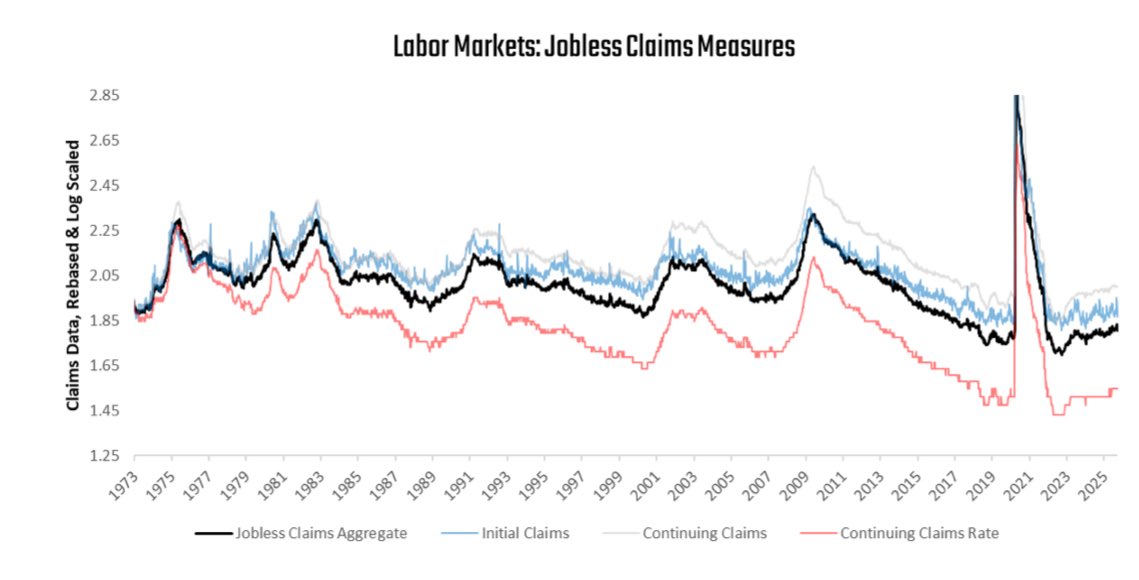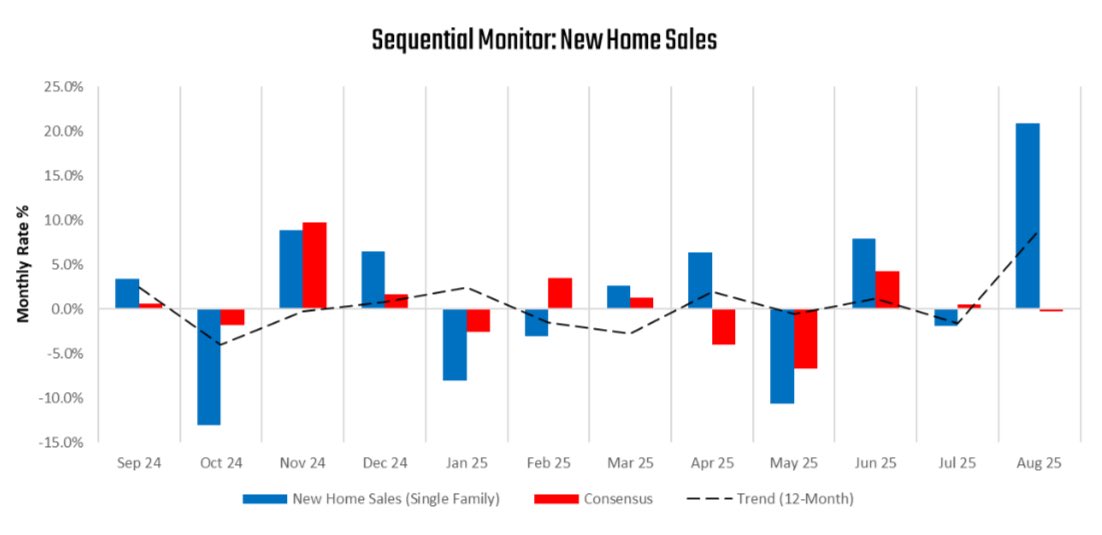On Fiscal Impulse
1. Recently we examined the latest data on US #government spending, i..e, US #fiscal impulse. Monthly spending data from the government contains significant #volatility; therefore, we apply a smoothing process to extract spending trends in government data.
1. Recently we examined the latest data on US #government spending, i..e, US #fiscal impulse. Monthly spending data from the government contains significant #volatility; therefore, we apply a smoothing process to extract spending trends in government data.

2. Above, we show our estimates of the monthly changes in US government spending. We decompose this spending into its sources, i.e., government revenues, borrowing, and cash balances.
3. Our latest estimates for government spending in May saw spending rise by 1%, primarily driven by decreases in government cash balances.
4. Over the last 12 months, the government has largely relied on spending its existing cash balances into the economy as the primary source of spending. We show this below: 

5. As shown above, government spending has accelerated over the last year, despite lower government revenues and borrowing. Below, we show how this has flowed through to GDP as well: 

6. This spending has come as debt growth has slowed, but following the debt ceiling resolution, debt growth is likely to be as support to total spending and GDP in the future. We show the composition of debt growth below: 

7. The primary driver of this slowdown has been the significant decline in personal income tax receipts. We show this below 

8. Overall, government revenues continue to paint a picture of weak private sector conditions. For government spending to continue to contribute to GDP, we will need to see continued borrowing, as government cash balances have largely been depleted.
9. As business conditions deteriorate, corporate income taxes will likely soften alongside household income taxes. This decline will eventually be a headwind for government spending in GDP. In the meantime, the shortfall will need to be made up by sustained borrowing.
• • •
Missing some Tweet in this thread? You can try to
force a refresh


















